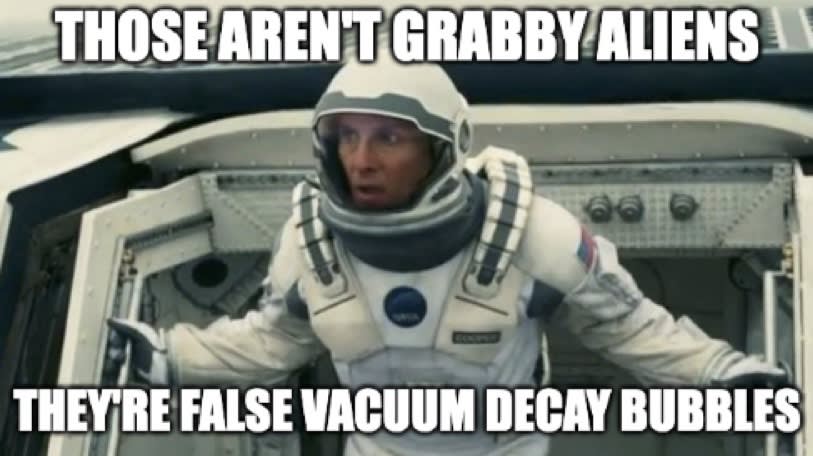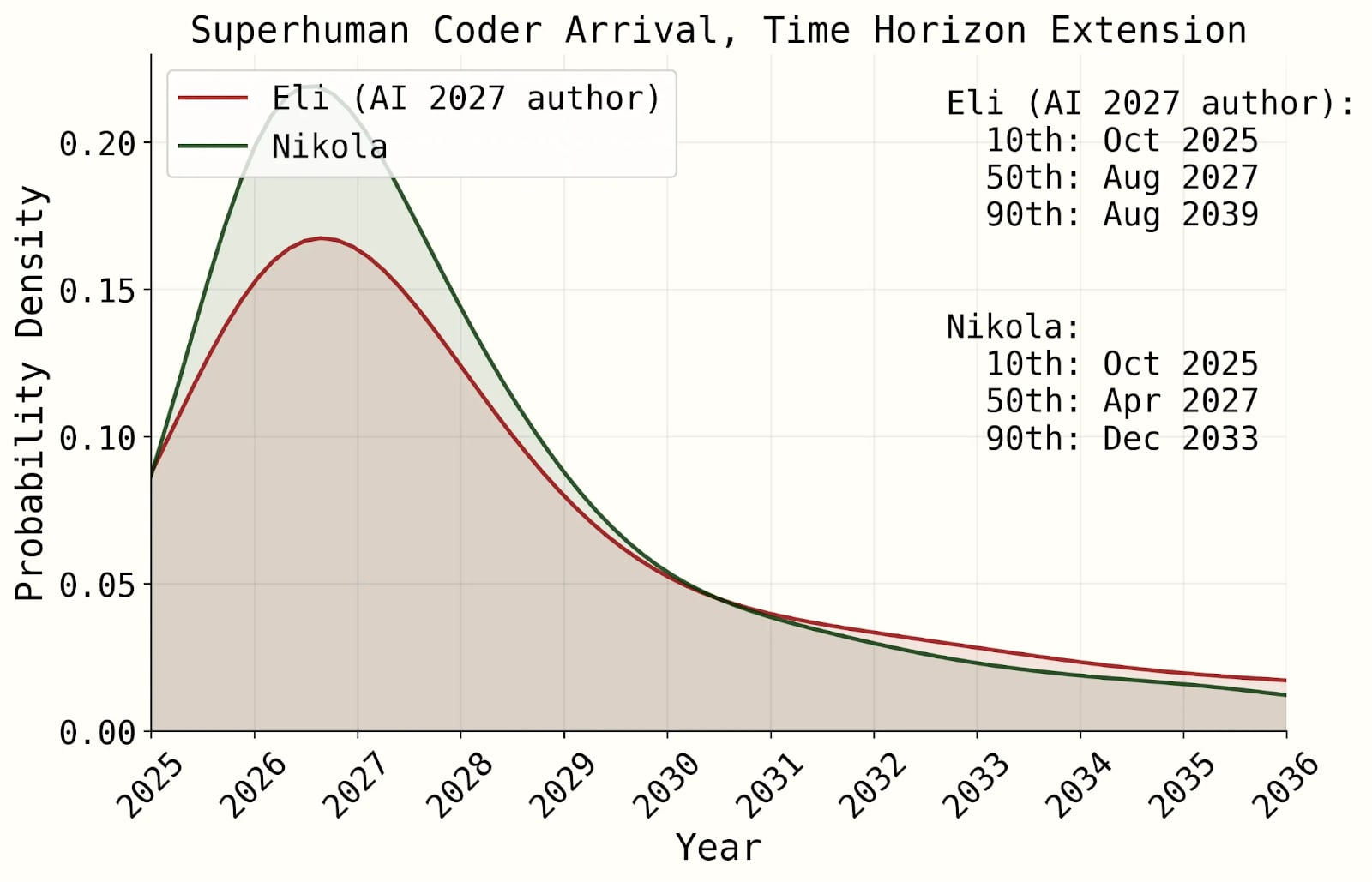I gave a talk on my recent research on climate change and mortality to Effective Altruism NYC.
Overview: The 2018 Nobel Prize in Economics was awarded to William Nordhaus for his work on the DICE integrated assessment model that determines the social cost of carbon. However, his analysis barely accounts for the impact of climate deaths. A large body of recent empirical literature has suggested that global warming is likely to have significant mortality effects including impacts on human health, interpersonal violence, and war. I create an extension to Nordhaus's model called DICE-EMR that explicitly accounts for the effect of climate change on the mortality rate using climate mortality response estimates from reviewing the empirical literature. I find that in a business as usual scenario (in which the current trajectory of little action on climate change continues), accounting for the costs of mortality triples the social welfare cost of climate change and there are 76 million excess deaths between 2020 and 2100.
In addition, I claim that integrated assessment modelling can be useful more broadly as a tool for global priorities research. In particular, it can be useful for assessing phenomena that have coupled economic, demographic, and environmental effects like global catastrophic risks including pandemics and nuclear war. The principal shortcoming of current integrated assessment models in living up to this potential is their inability to account for changes in the world's population. In this work I provide a methodology for addressing this issue.
An important caveat is that I only estimate the mortality response through channels where the empirical literature is sufficiently clear and developed, which include 1) health 2) interpersonal conflict and 3) intergroup conflict (e.g. civil war). Other mortality channels where the empirical literature is not sufficiently clear to estimate a mortality response function are not included in this analysis, such as the effect of climate change on great power conflict. Despite this, my analysis suggests that accounting for the mortality costs of climate change through these three channels significantly increases the social welfare cost of climate change over current estimates.




What temperature change does this assume? How do excess deaths scale with different degrees of warming?
I answer these questions and go over the methodology in detail in the video. A working paper will be coming soon, but for now all of the details are in the video.